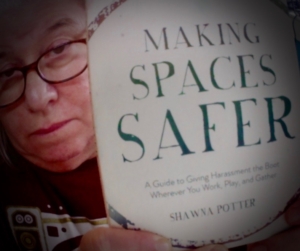Today is Thursday, January 14, of the year 2021. Next week Joseph R. Biden will be sworn in as President of the United States, in a ceremony that threatens to be quite memorable. I generally don’t get very political in these posts. Issues and principles, yes. Today is an exception; we are living through interesting times.
Thanks to last week’s events, some starkly clear lines are truly impossible to ignore. [If you are reading this way in the future, just look up the events leading to President Trump’s second impeachment.] Last week the Capitol Building in Washington, DC was over-run by a large group of Trump supporters in town to attend a rally. At this rally, the outgoing President of the United States said some things that incited them to then march to the Capitol Building, break in, and cause damage to people and property. Among the unruly masses seem to have been some more focused individuals, who had goals of finding specific elected officials, restraining them, possibly physically harming them. In addition, it seems that some individuals who swore to uphold the law instead forwent their oath and enabled the mob. This is not the rule of law. This is not democracy.
Why am I bringing this up, why is this important for your personal safety? (Yes, sooner or later this does get back to personal safety.) I’ll bet you can answer that question. Your personal safety is only as secure as your ability to rely on social institutions for justice and redress. Frankly, that’s been on shaky ground anyways for a long while. However, the last 4 years have exacerbated and highlighted inequities.
What makes this especially relevant are not just those who incite sedition or commit insurrection. They are the tip of the iceberg, the most visible element and that which gets most attention. But there are also the enablers. Those who create and echo lies, engage in the gaslighting, mislead others, often for their own profit. Those who denigrate facts for their own benefit, and to the detriment of others. I’ve written before about enablers (most recently about the documentary Athlete A), and why more people don’t report crimes committed against them. To repeat: It’s not just the perpetrators, though they are a critical ingredient. It’s also those who support perpetrators. Those who engage in distraction, gaslighting, and threats to intimidate those targeted and garner support from bystanders. Not just the Trumps, but the Giulianis, Alex Joneses, and Steve Bannons, who stand to gain from their support but at the expense of others.
Stay tuned for more living through interesting times.






